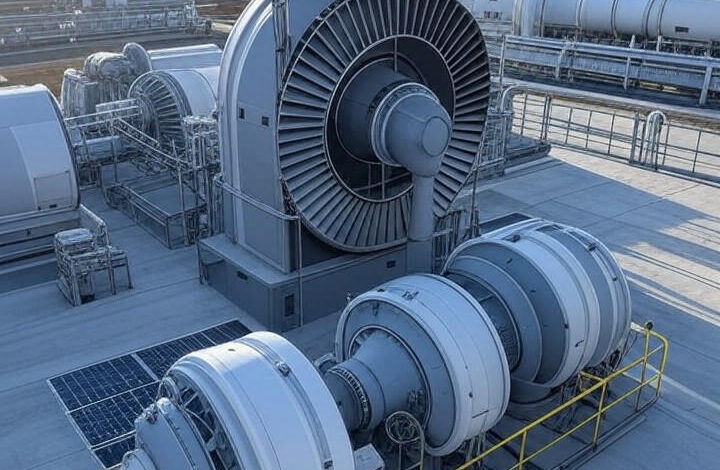Geothermal Energy Set to Surge as Clean Power Source by 2026

UPDATE: Geothermal energy is on the verge of a major breakthrough, with new reports revealing it could become the cheapest source of dispatchable low-emissions electricity by 2035, with costs potentially plummeting to $50 per megawatt-hour. This surge is driven by technological advancements and an urgent demand from tech giants seeking reliable clean energy for data centers and AI operations.
The International Energy Agency (IEA) highlights that global investment in geothermal could skyrocket to $1 trillion by 2035 and reach an astounding $2.5 trillion by 2050, spurred by innovations in enhanced geothermal systems (EGS). Startups like Fervo Energy are leading the charge, utilizing new drilling techniques from the oil and gas sector to access hot rock formations deep underground.
As competition heats up among companies such as Eavor and XGS Energy, experts are calling it a ‘great geothermal renaissance’ set to unfold in 2026. The IEA projects that geothermal could provide 16% of U.S. electricity by 2050, heating approximately 45 million homes across the nation.
This emerging sector is also a significant job creator, with employment in geothermal expected to increase sixfold to 1 million jobs by 2030. The IEA’s analysis underscores how transitioning skills from fossil fuels can support this growth, making geothermal not just an energy source but a vital part of the economic landscape.
The demand for geothermal is further amplified by the booming AI industry, with tech giants like Google and Microsoft investing heavily in projects like Fervo Energy to meet their energy needs sustainably. A recent report indicates that enhanced geothermal could generate up to 90 GW of clean energy in the U.S. by 2050, marking a significant milestone in the fight against climate change.
As global market projections show the geothermal sector expanding from $9.81 billion in 2024 to $13.56 billion by 2030, government incentives are playing a crucial role. For instance, India’s National Geothermal Energy Policy 2025 emphasizes tapping underground heat, bolstering investments and collaborative public-private initiatives.
Despite the promising outlook, challenges remain, particularly in scaling superhot rock geothermal systems which target temperatures exceeding 300°C. The Clean Air Task Force reports that these systems could meet up to 15% of the global electricity demand growth through 2050, but high upfront costs and technical risks in drilling pose significant hurdles.
Innovations are occurring globally, with countries like the UK repurposing old coal mines into geothermal energy hubs. Experts predict that geothermal could grow 20 times by 2050, potentially powering up to 45% of U.S. homes using existing oil and gas infrastructure.
The IEA emphasizes that regulatory clarity is vital for improving investment returns and competitiveness in the sector. Emerging technologies such as closed-loop systems promise to enhance geothermal’s appeal by minimizing water usage and environmental impact.
As we approach 2026, the geothermal industry is set for transformative growth. The combination of AI-driven energy demands, innovative drilling techniques, and robust government support positions geothermal as the next frontier in clean energy. The time for geothermal is now, and as investment flows into this promising sector, the potential to reshape the energy landscape is immense.
Stay tuned for further updates as this rapidly evolving story unfolds.






